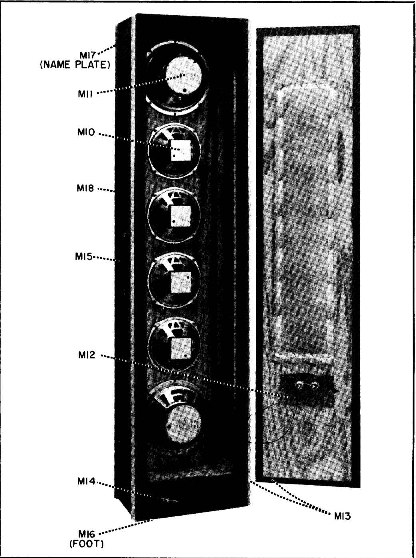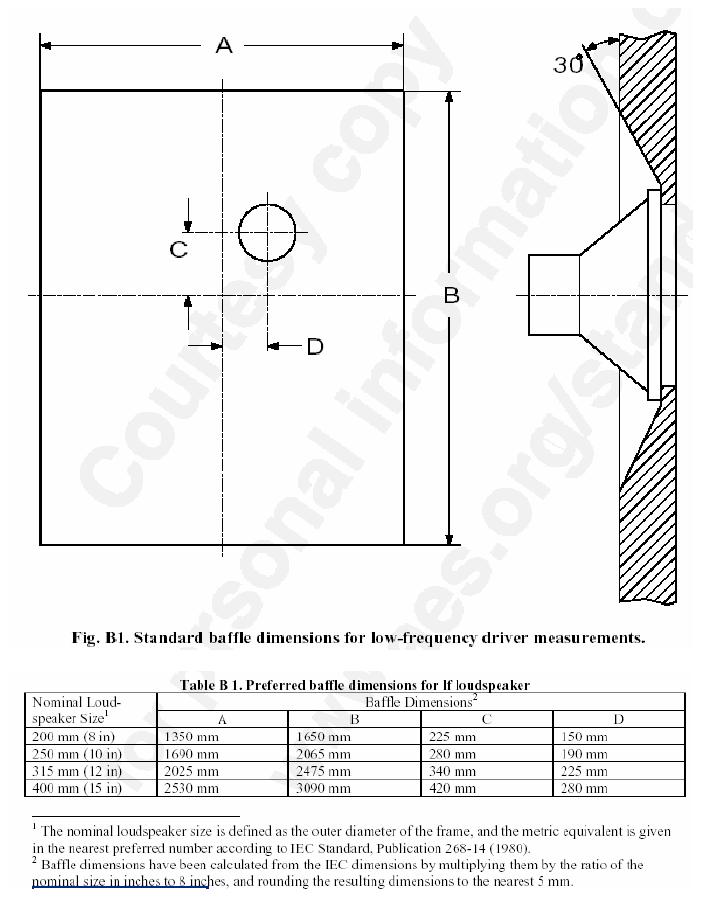Originally posted by benito_red
View Post
...But musical instrument amps are often different animals and sometimes we see examples of different design approaches:
- There are some "hybrid" power amp designs (e.g. Ampeg, Crate, Randall, Mesa, ADA, etc.) with tube-based voltage amp stages and solid-state "current amp" stages, the latter which basically acts as unity gain, high power "buffers". These often run "open loop" and feature only a DC servo loop. No feedback of AC signals.
- TubeWorks MOSValve amps featured only very low amounts of VNFB, sometimes even leaving power amp's final MOSFET stage outside global feedback loop. Deliberately. MOSFETs were also run in other than "follower" configuration, which resulted in lower NFB overall and increased the internal impedance of the output stage somewhat. In my experience, these designs are very few rare ones that actually feature revered "MOSFET soft clipping". You don't get that from a generic "follower" -type amp with plenty of global NFB.
However, output impedance of such design, as is, is not going to compare to that of tube amps because overall semiconductors still have much lower impedances than vacuum tubes. To get pronounced effect of high output impedance from such designs designers still often need to implement current feedback as well. ...Or something else. I remember Randall advertisement claiming their design didn't "sound right" until they introduced a filter circuit that mimicked the characteristic response of high-output-impedance amp driving a dynamic loudspeaker.
In the end though, we can always argue how much a single characteristics weights in something that is actually result of many different characteristics. High output impedance is characteristic of some tube amps (though certainly not all of them) and most certainly it is not the only characteristic that explains why tube amps sound the way they do.



Comment